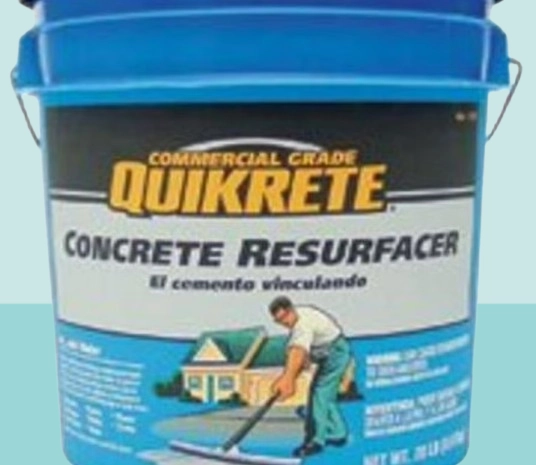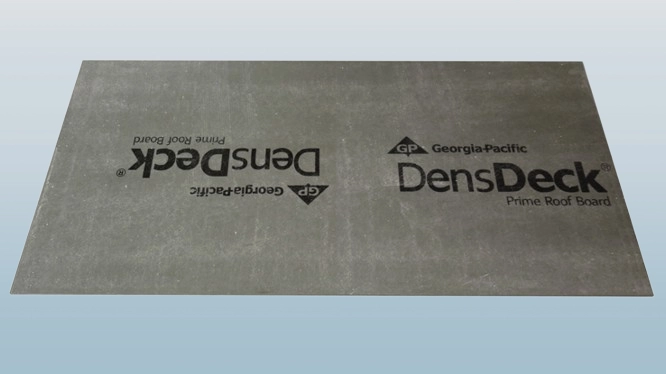Quikrete Concrete Resurfacing Problems

Concrete is susceptible to the effects of wear and tear even though it is robust and long-lasting. When an old concrete driveway, sidewalk, or floor deteriorates, it can look awful.
In order to restore the overall aesthetics of a property, whether it is residential or commercial, damaged concrete needs to be fixed.
Concrete has the drawback of being costly and time-consuming to replace or repair. For this reason, goods like Quikrete concrete resurfacer were developed.
Quikrete is reasonably priced and enables you to repair moderately damaged concrete driveways or floors. Using the pre-existing concrete as a foundation, it produces a traffic-resistant, aesthetically pleasing finish.
Although there are numerous concrete resurfacers available on the market, Quikrete is unique. An old concrete driveway will be revitalized and left with an impressive finish thanks to the combination of sand, Portland cement, and polymer modifiers.
Quikrete concrete is unquestionably an amazing resurfacer. Nonetheless, it has been the target of some problems and complaints. You need to be aware of these problems if you plan to use it on your sidewalk or concrete floor.
We’ll be going over typical Quikrete concrete resurfacing issues today.
1. The development of bubbles of cured air beneath the resurfacer
When using Quikrete concrete resurfacer, most people frequently run into the issue of air bubbles forming after the product has dried. When the Quikrete is applied too thickly, this issue arises.
You will not be able to fit the contents into the old concrete openings if it is thick. As a result, air bubbles will form during drying, and when you rub through them, the finish may flake off.
No matter how hard one tries to place the blame on the manufacturers. The person performing the installation determines the Quikrete resurfacer’s thickness. The manufacturer recommends mixing 2.8 liters of water with an 80-pound bag of Quikrete resurfacer.
To measure the precise amount of water to add to the mixture, make sure you have a measuring jug. One expert tip to remember when mixing Quikrete resurfacer is that you can add more water until the mixture reaches a workable thickness. If you prepare this resurfacer with less than 2.8 liters of water, it becomes thick.
Second, an electric mixer is the ideal tool for making this product. You might not achieve the necessary consistency if you mix it by hand.
Additionally, you should be aware that thick Quikrete concrete resurfacer will dry considerably faster, leaving you with less time to apply it to the entire driveway or floor.
2. Quikrete Cement Color Buff Doesn’t Work Well
You might want to apply some color to the resurfacer when fixing an old concrete driveway or floor. This is a common technique used to improve the finish. For use with the concrete resurfacer, Quikrete recommends their own color buff.
I have some bad news if you are eager to paint your concrete driveway a different color. The Color Buff doesn’t work that well. Not that the color pigment you combined with the resurfacer won’t be present. The shade will be off, though.
It won’t be the neutral shade if it’s orange. It won’t look like the color that was advertised. In order to get the color you want, you will have to paint the floors.
3. Early Cracking
A resurfacer cracking a few days after installation can be disheartening. Well, a lot of people who have used this product have complained about this problem. According to the majority of complaints, cracking happens in a matter of days.
There are a number of people responsible for this cracking issue. It is recommended that you clean the old concrete floor prior to installation.
By doing this, impurities and dirt that might stop the Quikrete from drying are removed. The resurfacer may crack a few days after installation if this step is skipped.
A very old concrete floor is the other offender. Even though resurfacers work well, they are not a good option for concrete that is very worn out.
In order to revitalize the concrete’s finish, Quikrete shrinks into the cracks in old concrete.
There is little that can be done if the concrete is irreparably damaged. Quikrete will eventually crack when you apply it.
The Quikrete concrete resurfacer may also crack as a result of improper product application. Assess the state of your sidewalk or concrete floor before using this product.
As directed by the manufacturer, properly prepare the surface and apply the resurfacer.
4. Their assistance isn’t very beneficial.
You would think that customer service would help if you encountered an issue after investing hundreds of dollars in such a project. Sadly, Quikrete lacks a trustworthy support staff.
The support staff may choose to ignore your calls or hold you accountable if the product malfunctions days after installation or too soon.
Quikrete’s ambiguous return and warranty policies are yet another cause for concern. In the event that the resurfacer malfunctions, there is no assurance that you will receive payment.
5. It’s Not Sturdy
Quikrete may appear to hold up well and look nice during the first month. But when it is subjected to weather conditions like rain and traffic, it begins to break down.
It’s not very strong because, on occasion, simply rubbing your hand over the resurfacer will remove some residue.
Quikrete concrete resurfacer eventually decomposes into particles of sand. You have to brush off the sand practically every day because it gets so bad. If it adheres to your shoes, you can bring it inside.
Be aware that Quikrete concrete resurfacer is not very long-lasting and that you might need to replace it with a better resurfacer.
6. Difficult to Work With
One of the most important factors to take into account when resurfacing concrete is workability. Quikrete’s drawback is that it can be challenging to work with, particularly if it is excessively thick.
When working on a floor, it becomes difficult because it sets too quickly. By using more water than is advised, this can be avoided. As previously stated, you are permitted to go over the limit.
To reduce the set time, some installers have requested that the manufacturer develop a retarding agent.
Is Quikrete a Good Choice for Resurfacing Concrete?
Quikrete is suggested as a good concrete resurfacer in at least 55% of user reviews. Even though this is more than half, a startling 45% still do not suggest it.
Therefore, when using Quikrete to resurface your concrete driveway or floor, there is a 45% chance that you will run into some of the issues listed above.
Alternatives to Quikrete Concrete Resurfacer
I’ve learned that Quikrete is the best concrete resurfacer for interior spaces. When you take it outside to the sidewalk or driveway, the outcome could be disastrous.
These are some excellent substitutes for Quikrete if you’re looking for a more durable concrete resurfacer.
1. All-purpose Rapid Set Cement
For updating concrete patios or driveways, this is the preferred resurfacer. Depending on your tastes, it can be made thick or thin.
Rapid Set works well on brick, stone, and wood in addition to concrete. Its 55-pound container is sufficient for the majority of projects, and its formula solidifies in an hour.
2. Feather Finish Ardex
Ardex is a self-leveling underlayment in addition to refinishing an old concrete surface. It can be applied to tile and hardwood floors. When used outdoors, it can tolerate severe weather conditions and traffic because it is very durable.
3. Bluestar Resurfacer for Concrete
Because Bluestar comes in a 16-ounce bottle, I included it in my list of alternatives to Quikrete concrete resurfacer. It’s not always the case when a large portion of old concrete needs to be repaired. If you are only interested in fixing minor areas, this is the ideal product.

